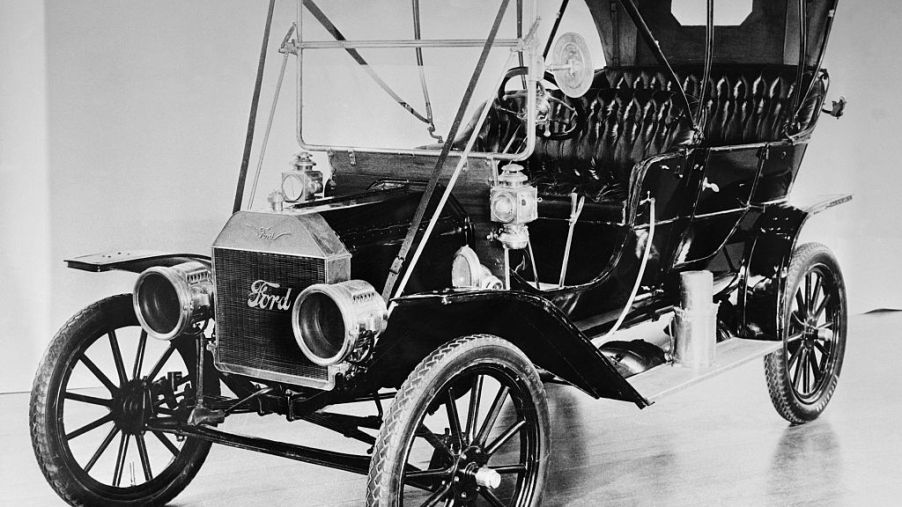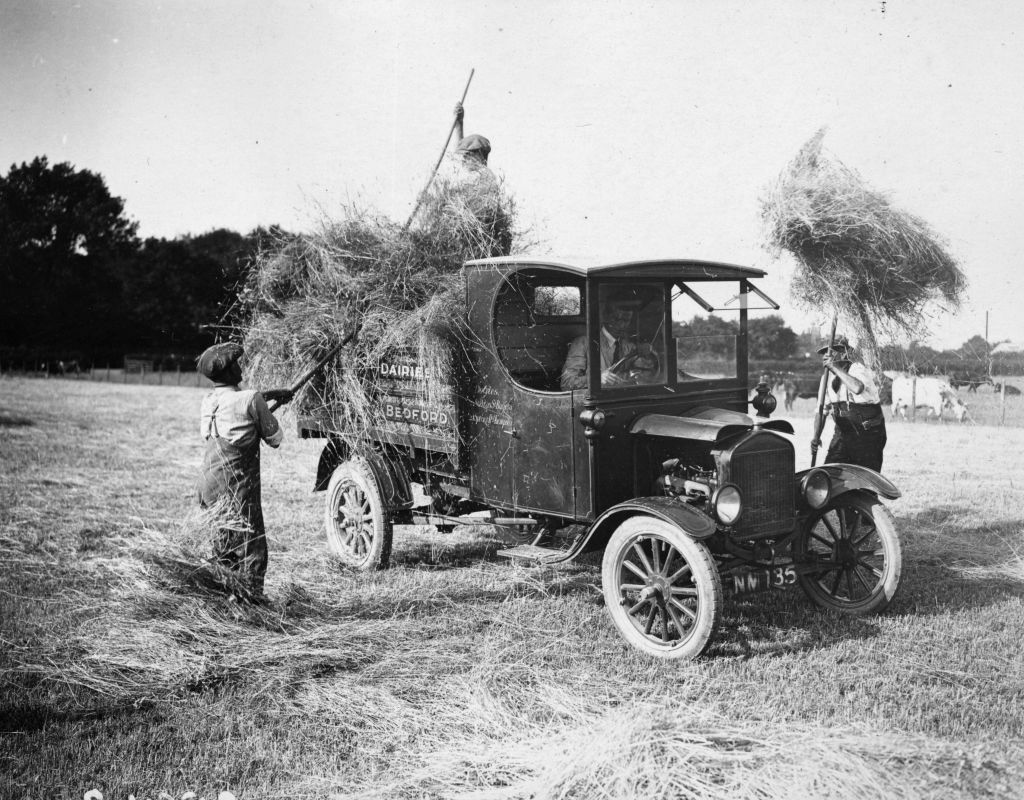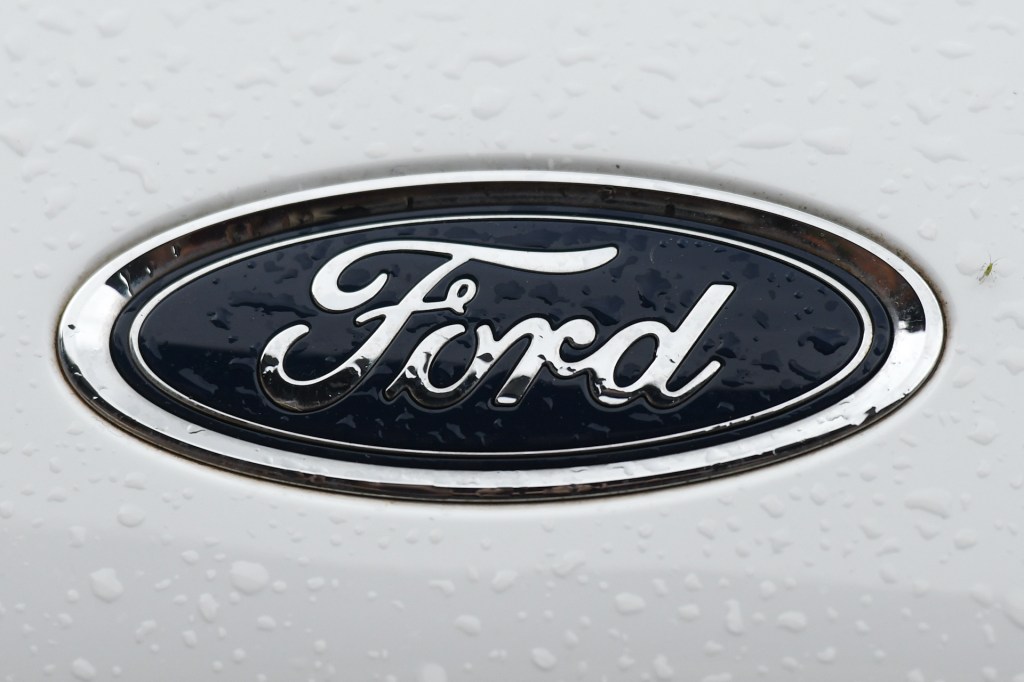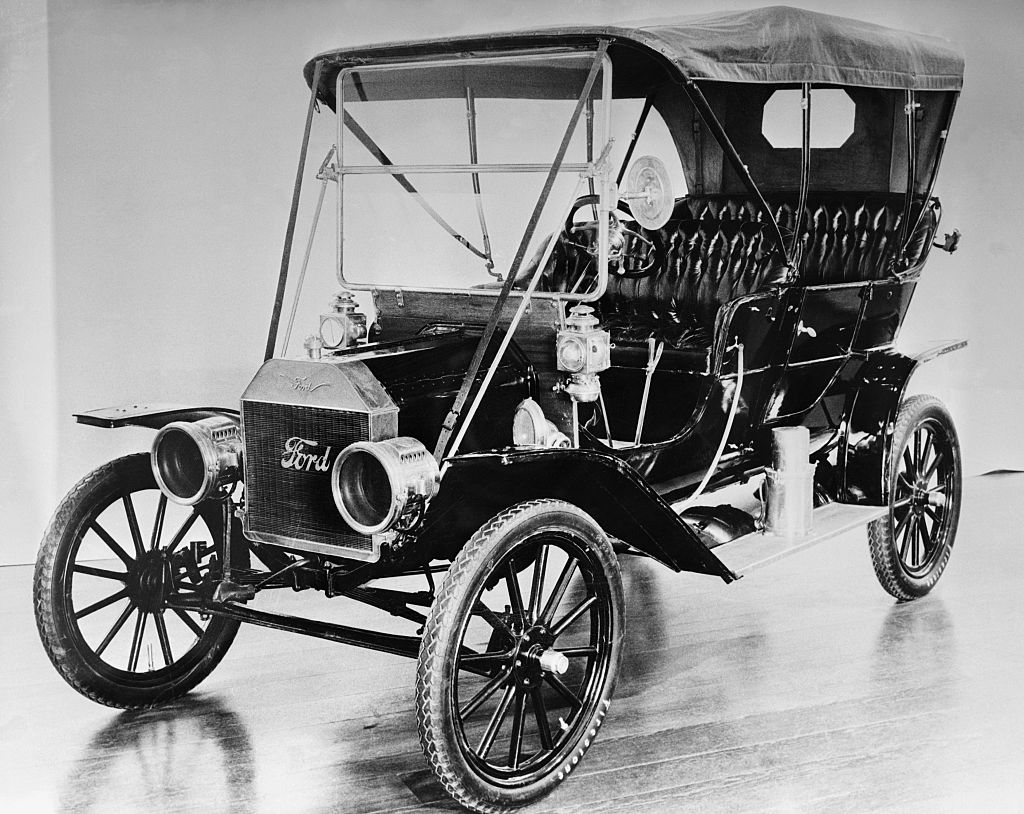
Build a Ford Model T in 84 Not-So-Simple Steps
The Ford Model T was one of the first cars to ever be produced via an assembly line, which might sound a bit crazy. In today’s world, almost every car in the world is made on an assembly line, and cars that are built by hand, like Aston Martin, are now much less common and somehow more expensive. For the first-ever moving assembly line built by Ford, you could build a Ford Model T in 84 steps.
Ford’s first assembly line
The assembly line wasn’t anything new to many factories, but what set this one apart was that it was continuous and moving, allowing parts to cycle through the factory between different steps. There were 84 stations dedicated to the many stages of producing a Ford Model T, according to History.com, and it included everything from the most basic features like the chassis to the cosmetic touches.

On this day
In fact, it was on this day, December 1st, 1913, that the Ford Model T continuous moving assembly line was installed by Henry Ford, and it made a world of difference not just for the brand, but for the future of the automotive industry. It reduced the time it took to produce one car to an impressive hour and a half, which is quite a reduction from the almost 12 hours it took prior to the installation of the assembly line.
If you are lucky enough to find a Ford Model T out there, a vehicle that now sits mostly in collections, you can find the instructions for each of the reported 84 steps of assembly in the car’s production line. At the factory, workers were trained to specialize in one of the steps to make the vehicles’ assembly as smooth and consistent as possible.

Increased efficiency, decreased prices
It didn’t just make a big difference for factory workers and production teams; having a more efficient production line meant the price to build the Model T plummeted, and some of that savings could be passed along to consumers who were looking for affordable options. The moving production line didn’t just mean that Ford could produce more Model Ts; it meant that they could do so more efficiently, and over the years, it has meant that cars can be built at affordable prices.

While it has been several decades since the last Ford Model T rolled off of the production line, we can still appreciate the innovation and all that it has given us. Mass production of cars that are machined and more precise has meant that quality is consistent, and the price of vehicles can stay affordable.


